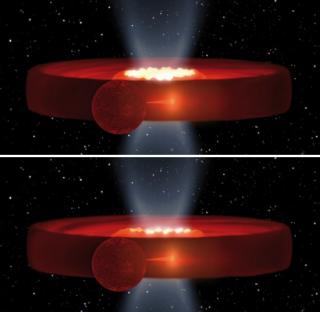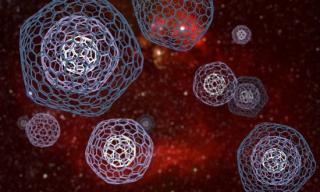
IAC researchers have confirmed the possible existence of large fullerene molecules in the Universe. These are the most complex molecules discovered to date
Advertised on
This section includes scientific and technological news from the IAC and its Observatories, as well as press releases on scientific and technological results, astronomical events, educational projects, outreach activities and institutional events.



